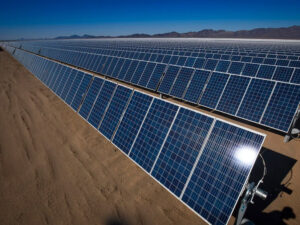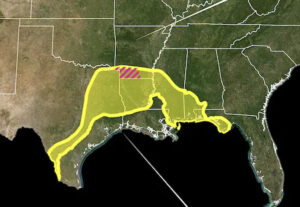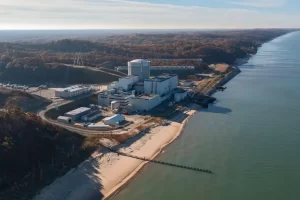UN Climate Chief Warns of Looming ‘Trainwreck’ as 1.5C in Doubt
The world is on course to miss a target for cutting emissions this decade by an overwhelming amount, new UN analysis shows, meaning more dangerous global warming is likely.
Total emissions of CO2 into the atmosphere in 2030 will only be 2.6% lower than in 2019, according to the latest climate plans put forward by countries, a synthesis compiled by UN Climate Change said Monday. To be consistent with a goal for a 1.5C warming limit, the Intergovernmental Panel on Climate Change suggest that emissions would have to fall by 43% over the same time period.
The best estimate of where temperatures will peak this century, based off the national climate plans, is between 2.1C-2.8C, the institution said. Still there’s a possibility that emissions could peak this decade.












